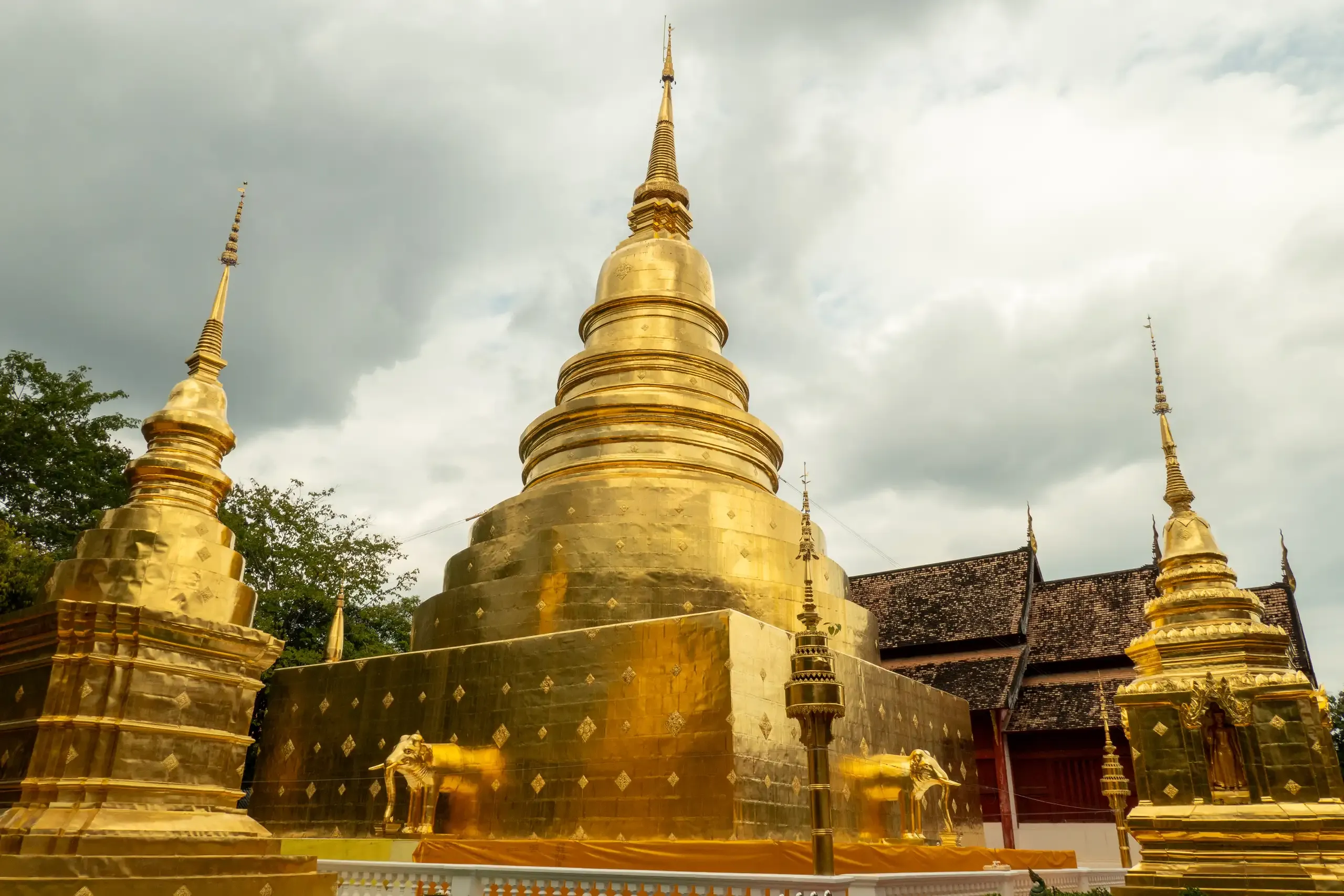

Some people say Wat Phra Singh Woramahaviharn (วัดพระสิงห์วรมหาวิหาร) is the most beautiful temple in Chiang Mai. It is also known as the “Monastery of the Lion Buddha’ or the ‘Temple of the Lion Buddha’
The striking feature in this temple, and the oldest structure, is the main chedi, that was built in 1345 by King Pha Yu to enshrine the ashes of his father. The chedi (Chedi Than Chang Lom Wat Phra Singh - เจดีย์ฐานช้างล้อมวัดพระสิงห์) is circular in shape with a square base. Each of the sides of the chedi is decorated with elephant figures emerging from the chedi. Since its construction in the 14th century it has been enlarged considerably.
The main viharn (Viharn Lai Kham) or assembly hall was built at the end of the 14th century using Lanna style architecture to house a very highly revered Buddha image named Phra Singh Buddha.
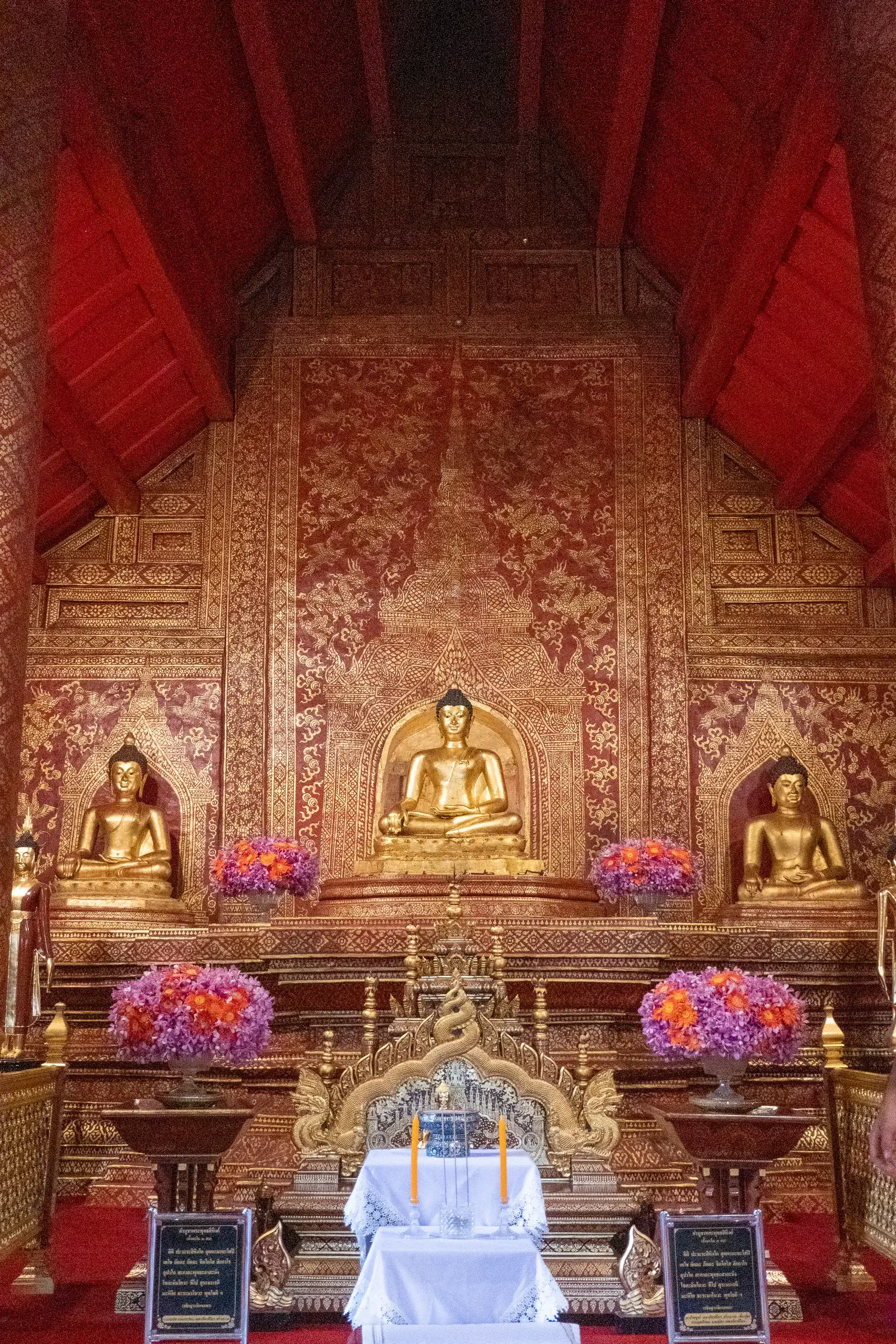
The very ornate exterior of the Viharn Lai Kham is decorated in typical Lanna gold and ochre colors. The viharn made from teak wood has a three tiered roof line, the lower edges of which are decorated with chofahs, a ornamental decoration that resembles the shape of a very thin bird.
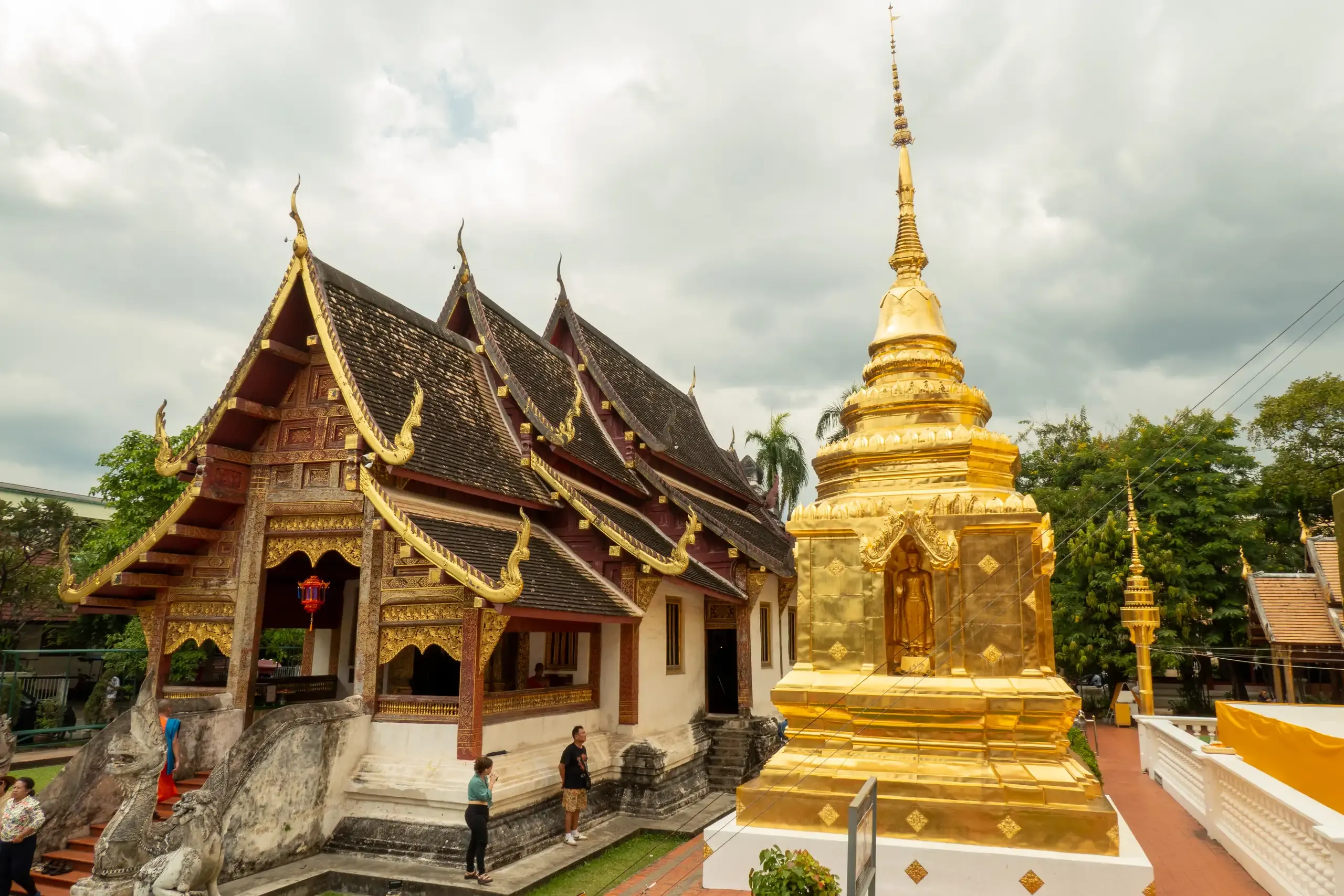
The largest building at Wat Phra Singh is its other prayer hall, Viharn Luang, which was built in 1925 as replacement for the original dilapidated prayer hall built in the 14th Century. The front of this massive structure is very ornately decorated in gold relief.
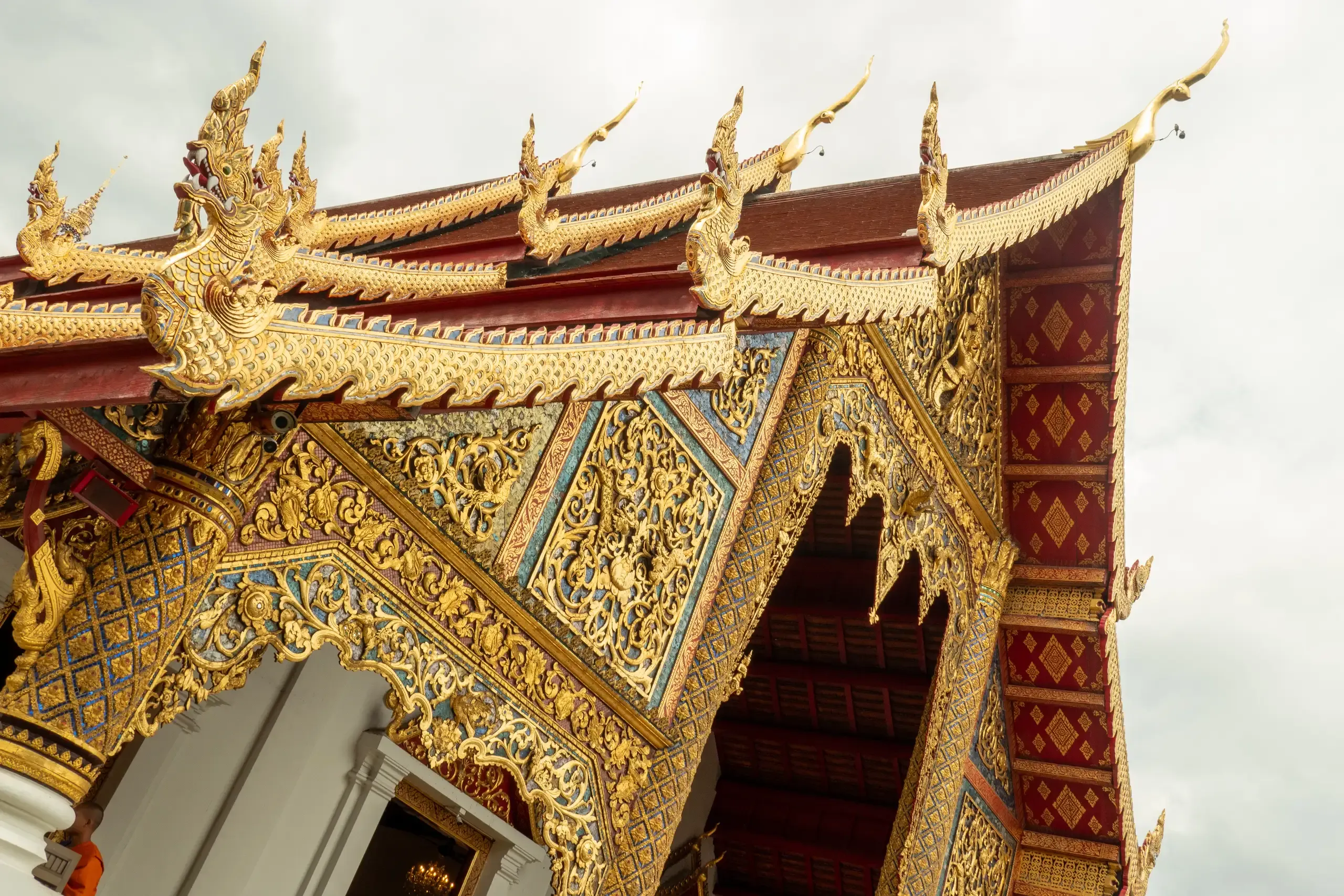
Inside the Viharn Luang there is a 15th Century Buddha statue, the Phra Chao Thong Tip. The origins of this statue are known. It was cast in 1477 in Chiang Mai. Around the statue are life sized models of important monks who lived at the temple which are so life like that at a glance visitors are likely to mistake them for real live monks.
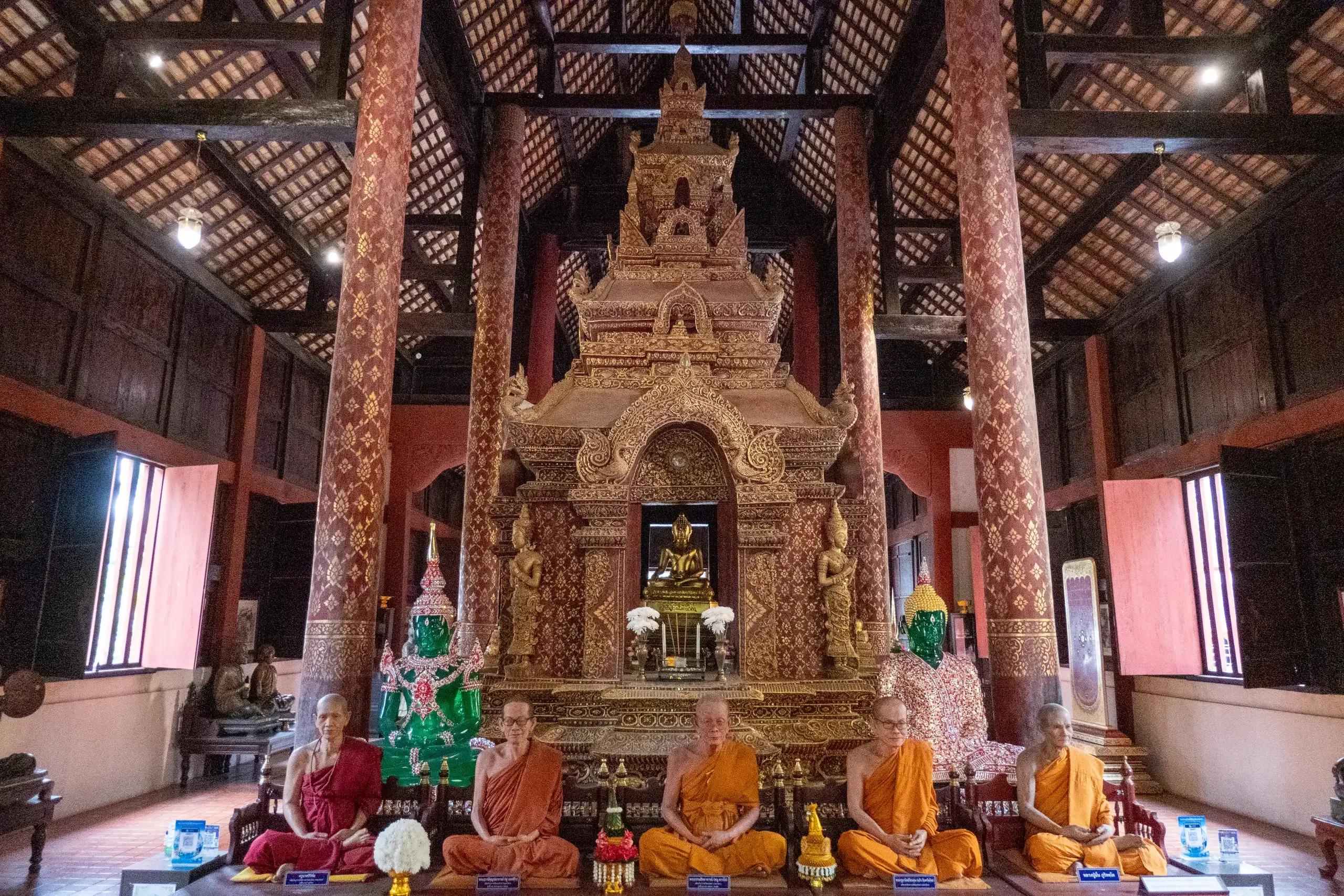
The ubosot or ordination hall is an ornate teak wood structure built in 1806.
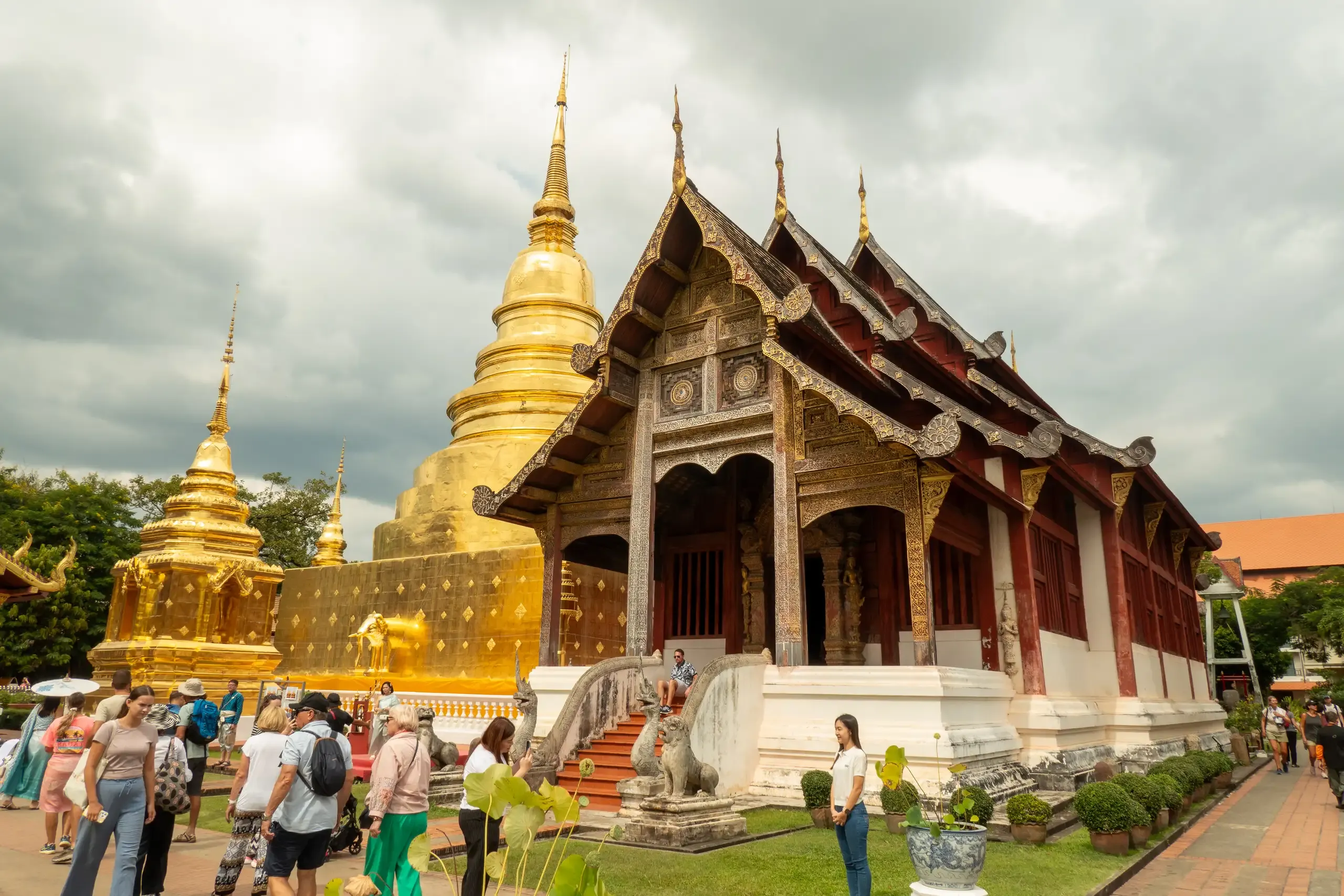
There are several other buildings here, including the Ho Tai scripture library (หอไตร)
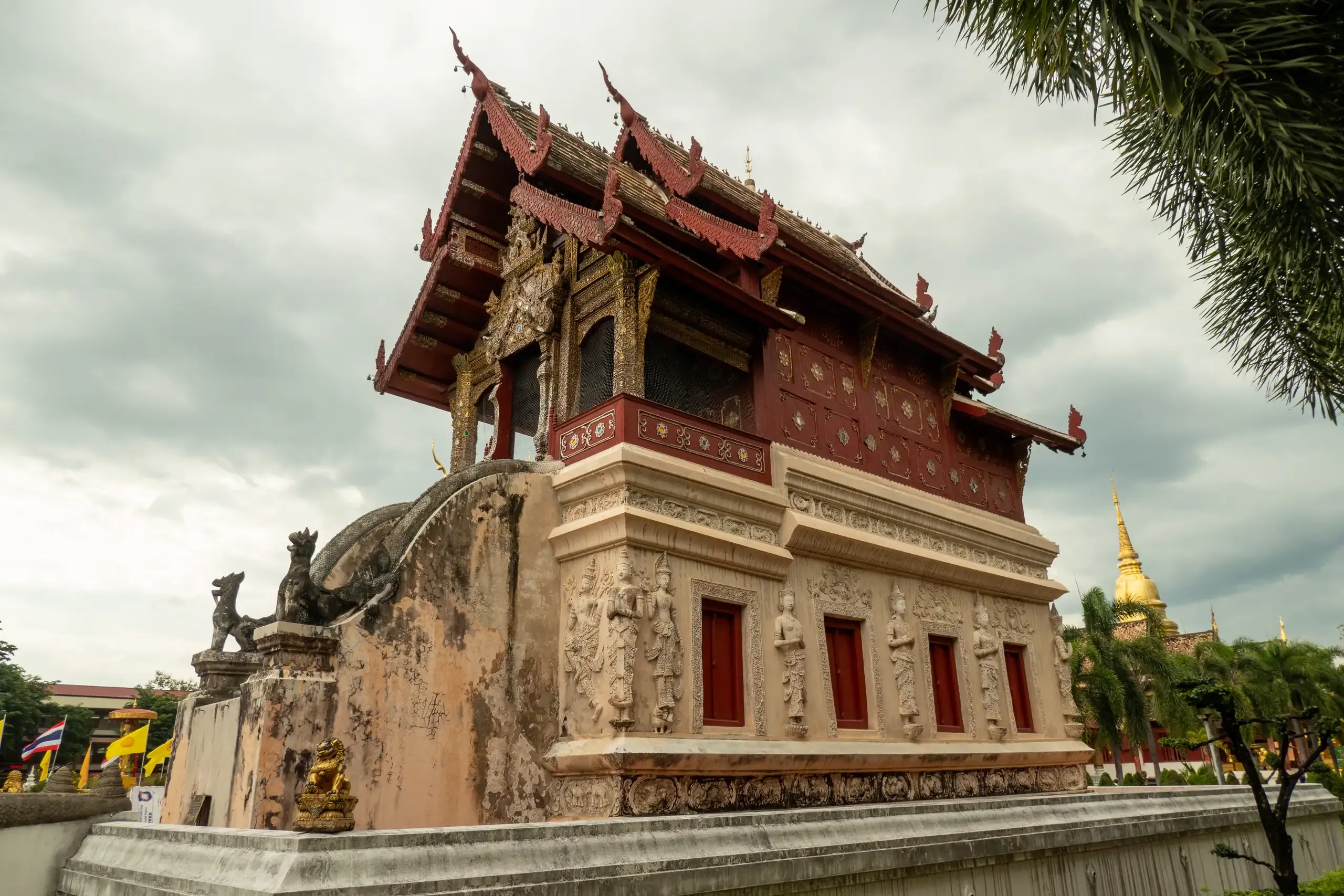
An example is the Chedi Ku Lai, which has a five-tiered roof and its inner chamber is connected by an “overground tunnel” to the viharn.
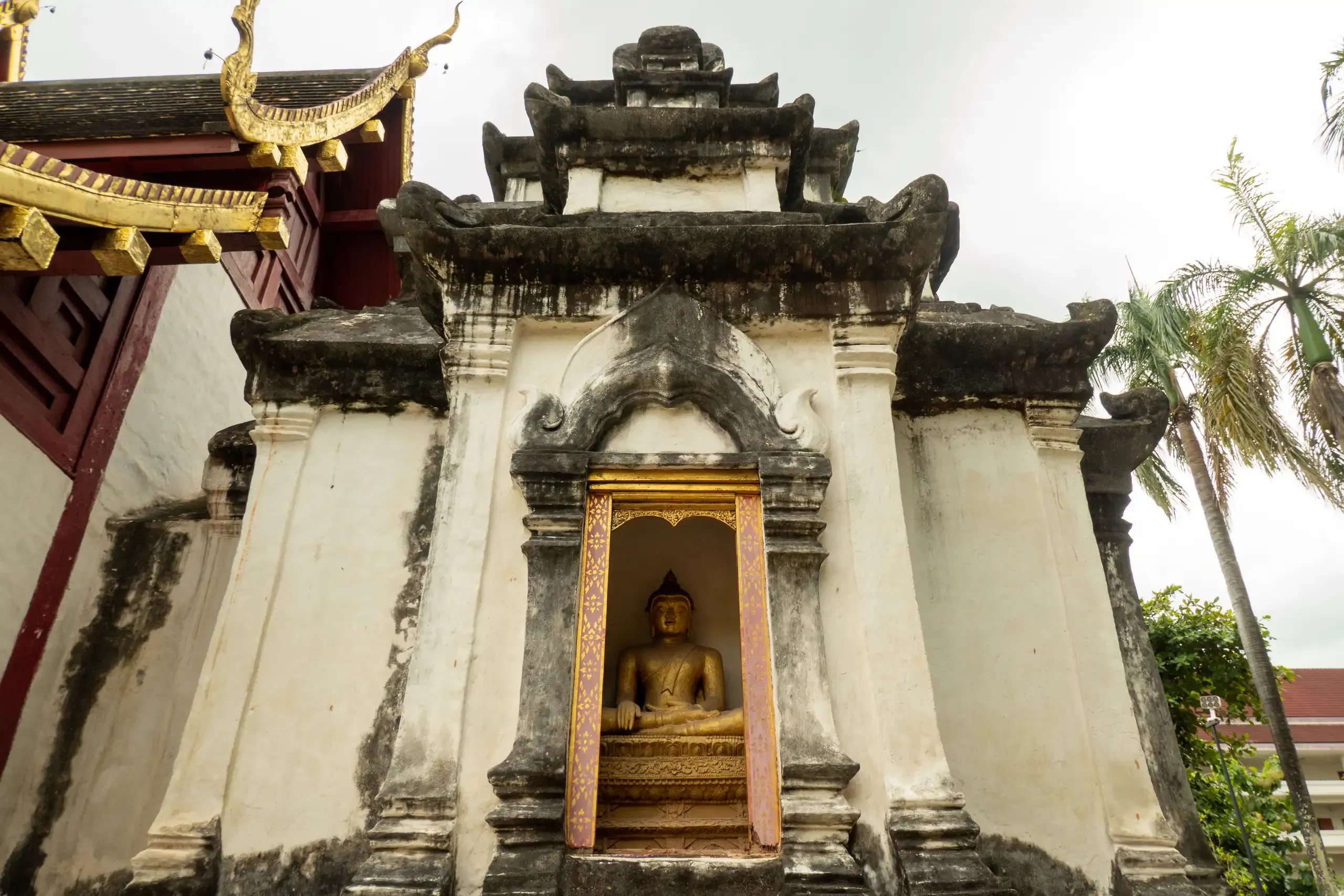
Other buildings here include monks’ living quarters, various statues in gardens etc.
Please click on any photo to view in a lightbox. Use arrow keys or swipe to navigate.
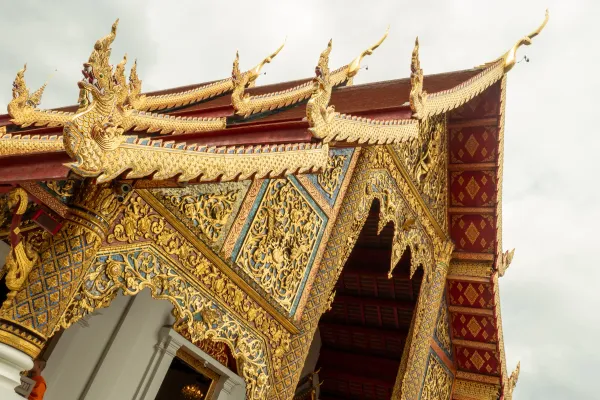 01_Wat_Phra_Singh
01_Wat_Phra_Singh 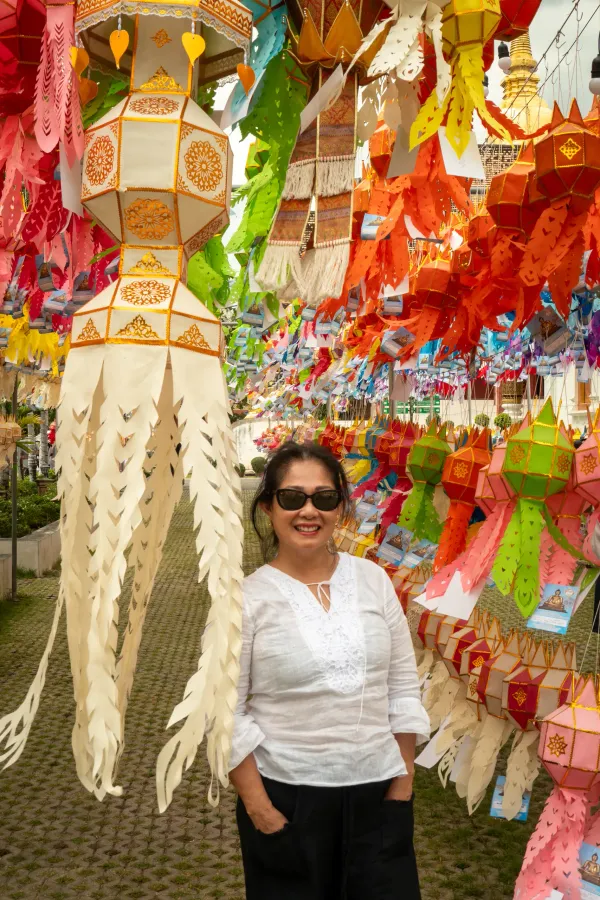 03_Margaret
03_Margaret 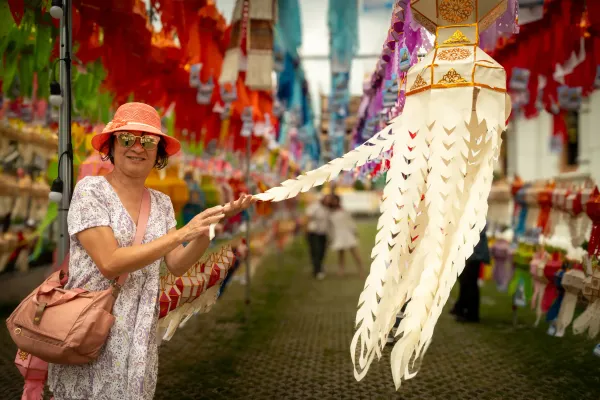 04_Chris
04_Chris 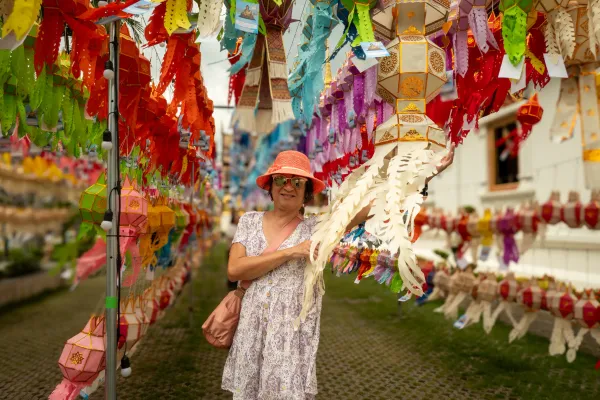 05_Chris
05_Chris 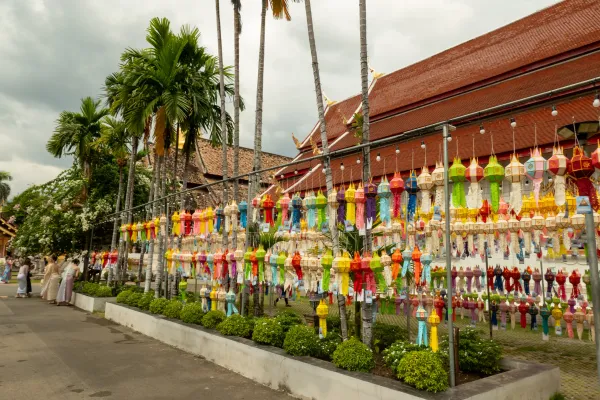 07_Lanterns
07_Lanterns 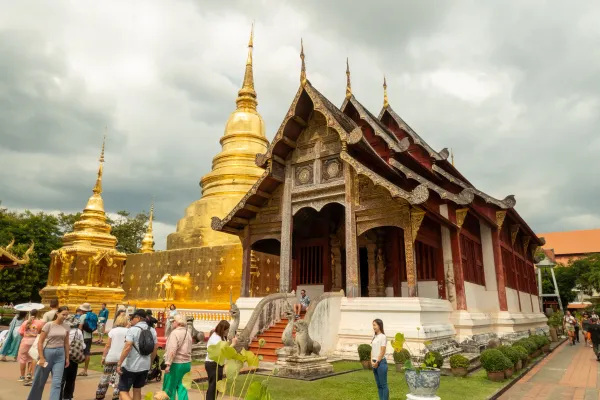 10_Wat_Phra_Singh
10_Wat_Phra_Singh 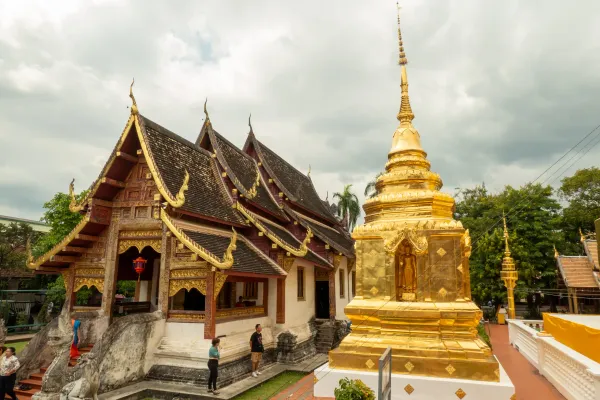 12_Wat_Phra_Singh
12_Wat_Phra_Singh 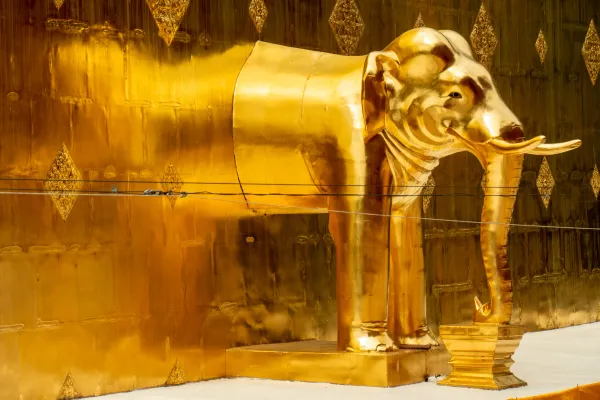 13_Wat_Phra_Singh
13_Wat_Phra_Singh 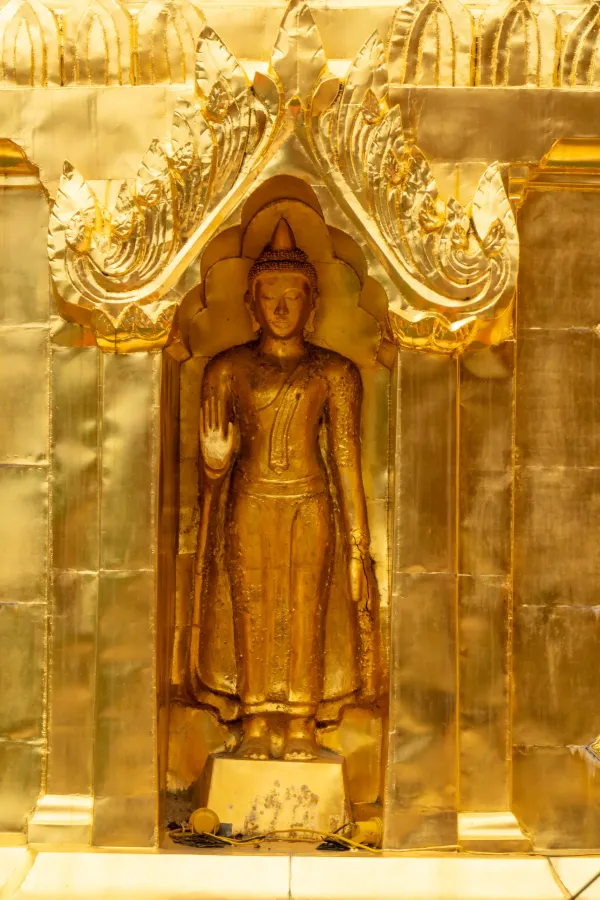 14_Wat_Phra_Singh
14_Wat_Phra_Singh 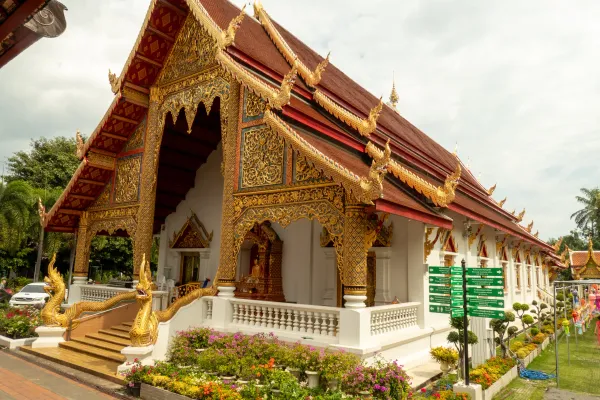 15_Wat_Phra_Singh
15_Wat_Phra_Singh 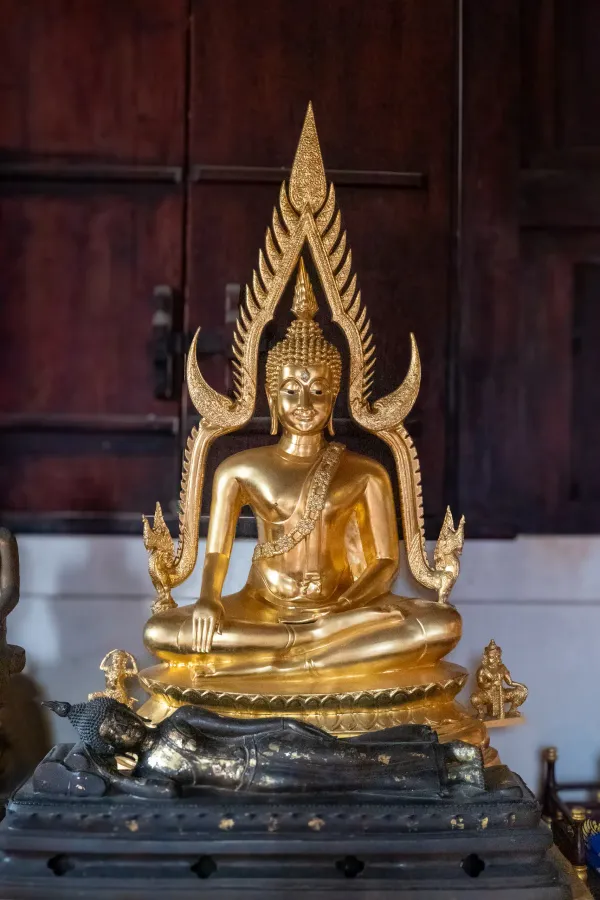 17_Wat_Phra_Singh
17_Wat_Phra_Singh 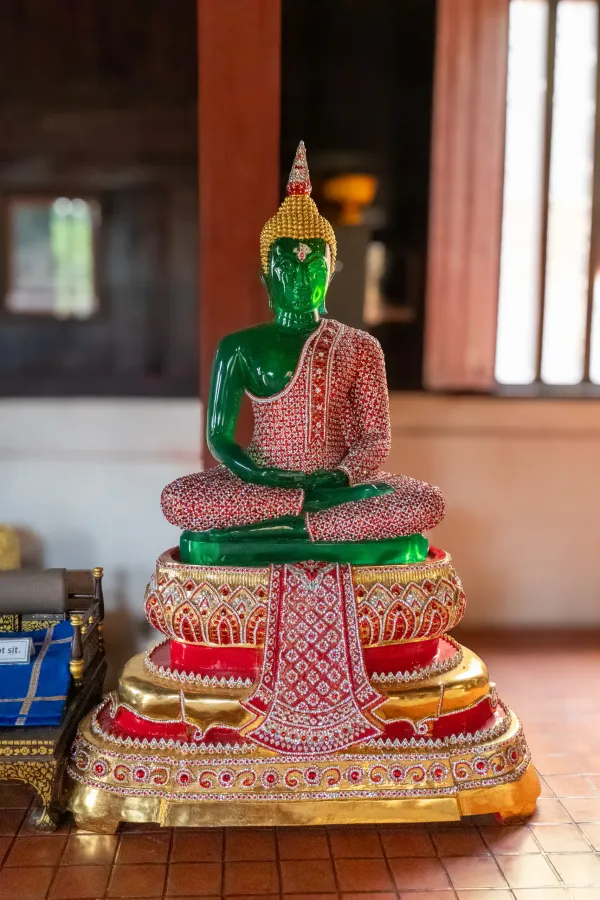 18_Wat_Phra_Singh
18_Wat_Phra_Singh 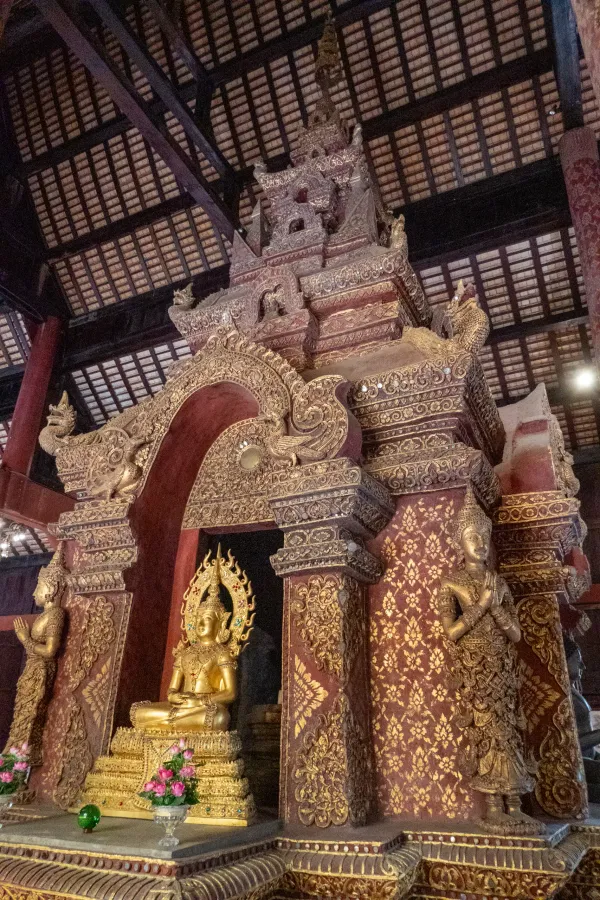 19_Wat_Phra_Singh
19_Wat_Phra_Singh 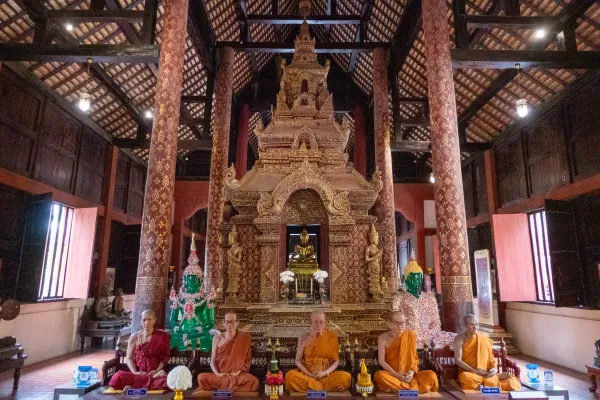 20_Wat_Phra_Singh
20_Wat_Phra_Singh 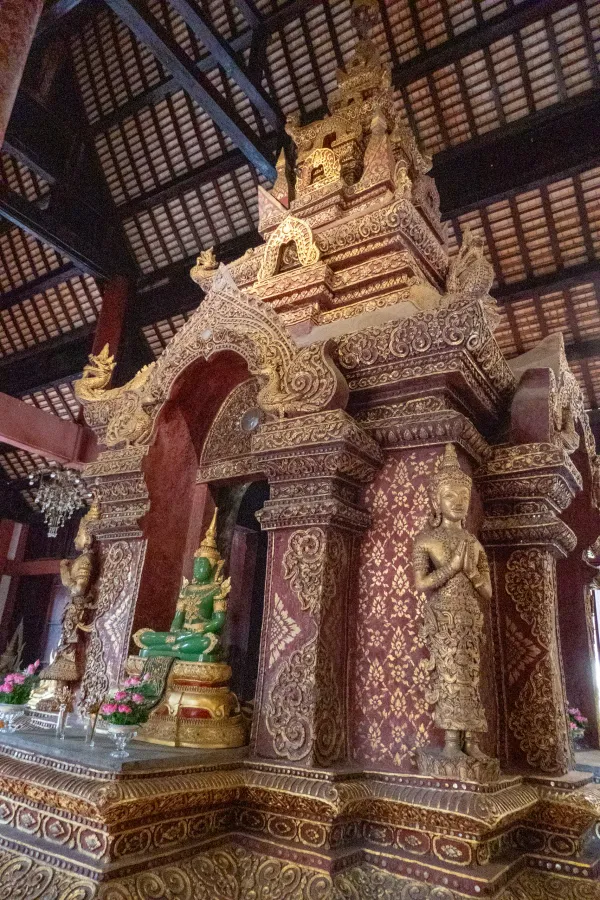 21_Wat_Phra_Singh
21_Wat_Phra_Singh 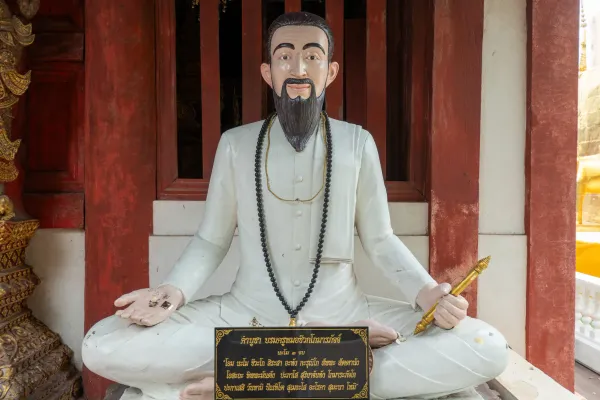 22_Wat_Phra_Singh
22_Wat_Phra_Singh 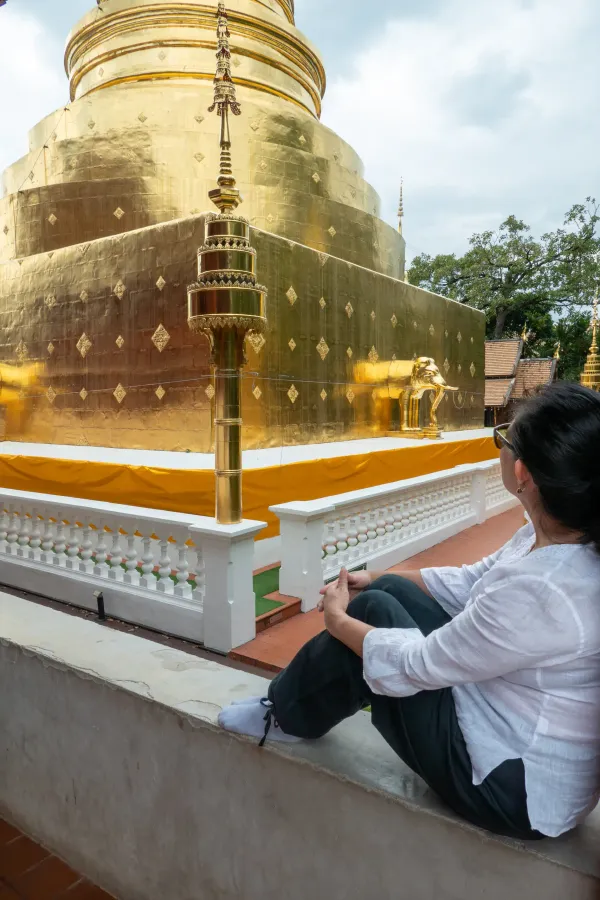 23_Wat_Phra_Singh
23_Wat_Phra_Singh 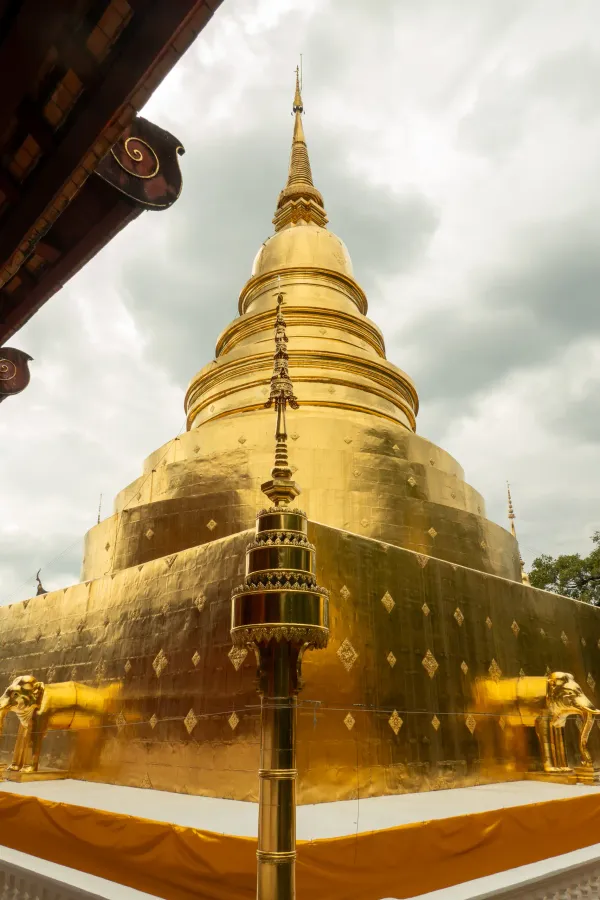 24_Wat_Phra_Singh
24_Wat_Phra_Singh 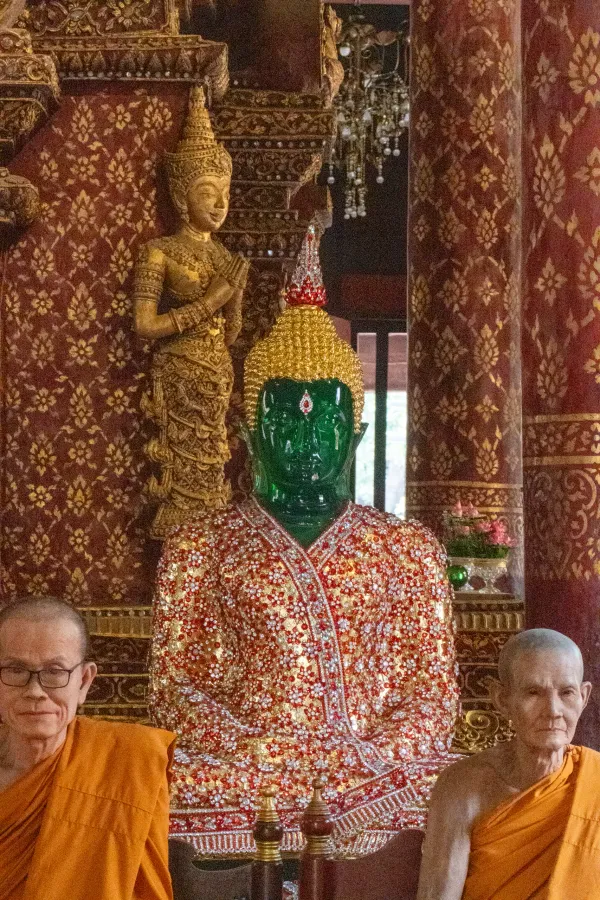 25_Wat_Phra_Singh
25_Wat_Phra_Singh 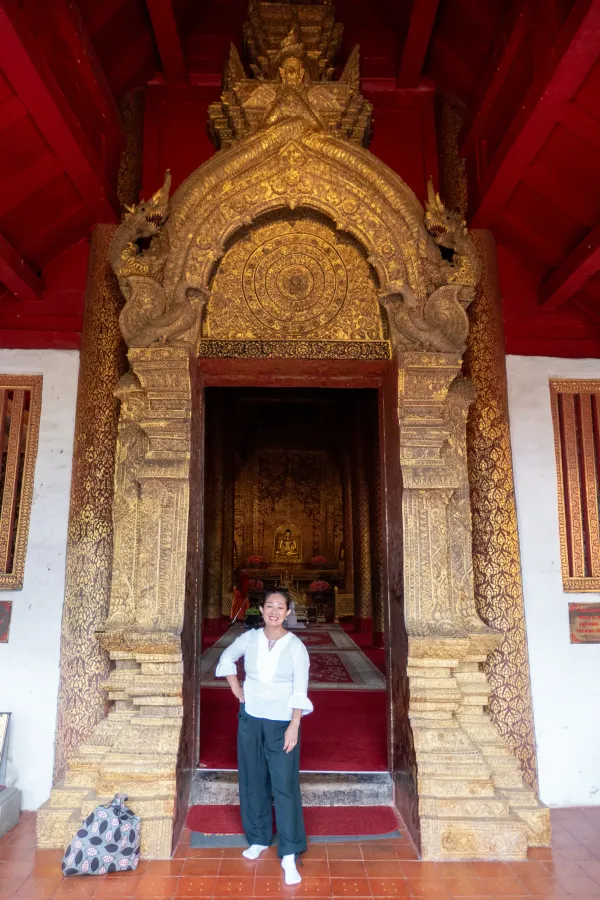 28_Margaret
28_Margaret 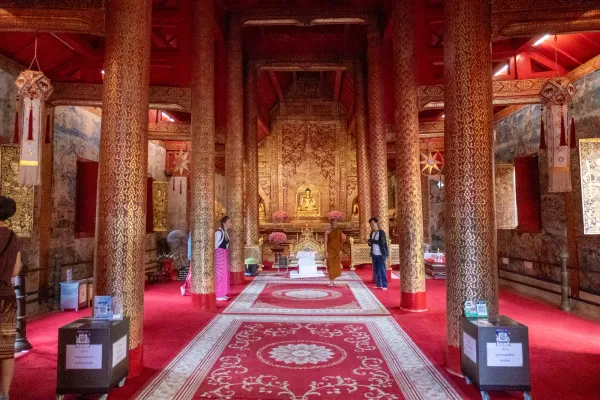 29_Wat_Phra_Singh
29_Wat_Phra_Singh 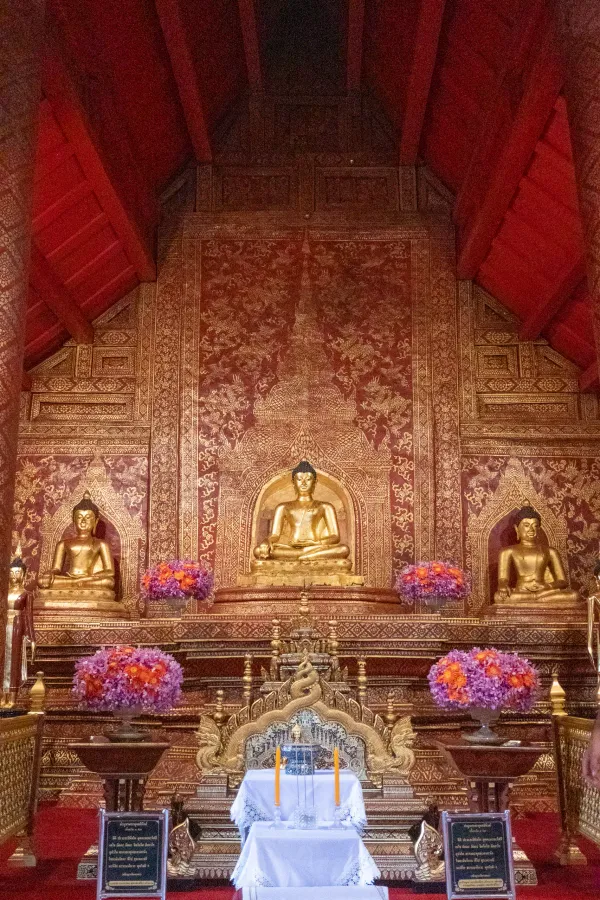 30_Wat_Phra_Singh
30_Wat_Phra_Singh 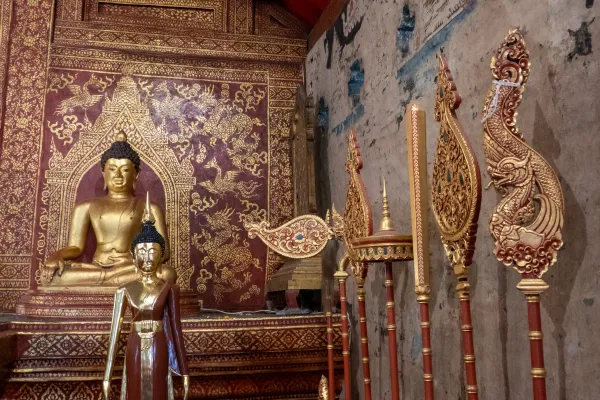 33_Wat_Phra_Singh
33_Wat_Phra_Singh 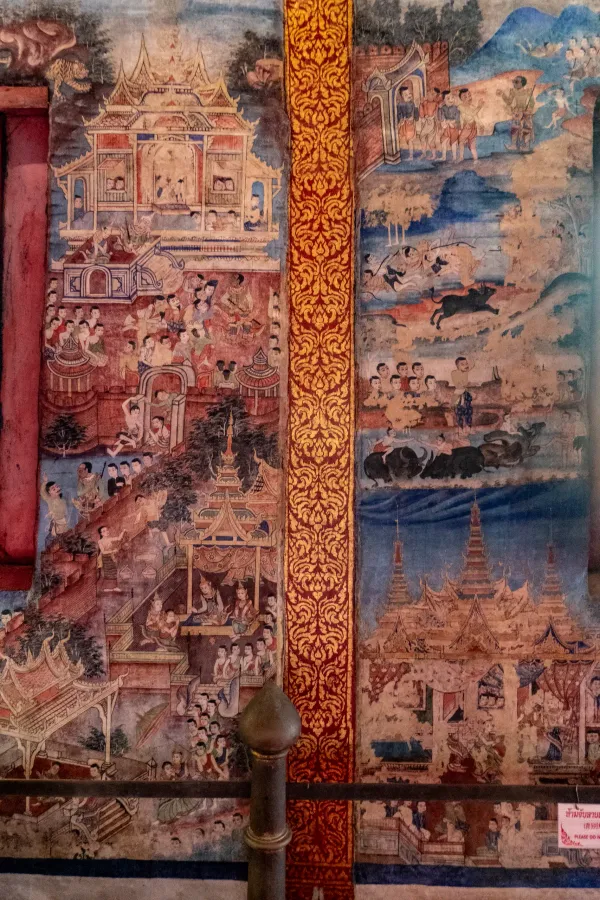 34_Wat_Phra_Singh
34_Wat_Phra_Singh 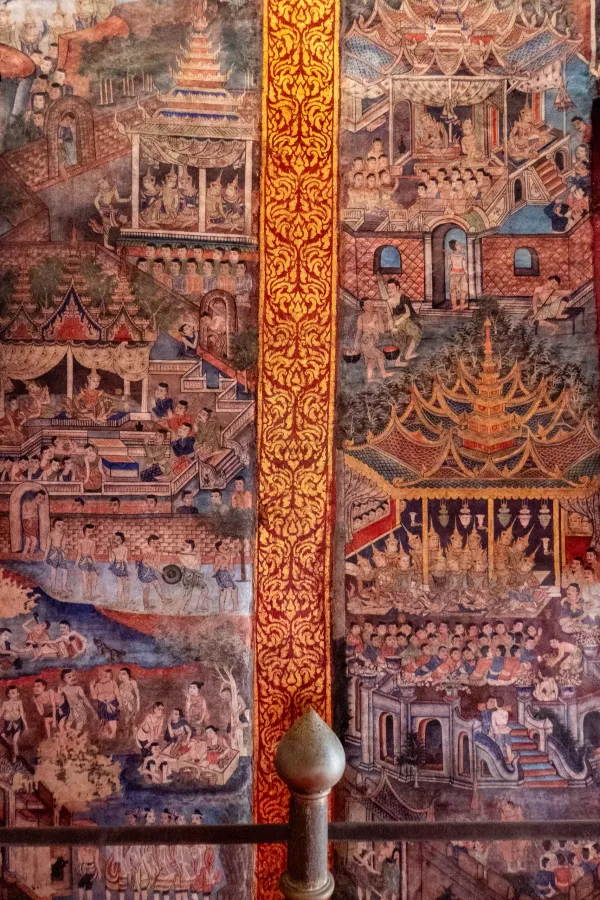 35_Wat_Phra_Singh
35_Wat_Phra_Singh 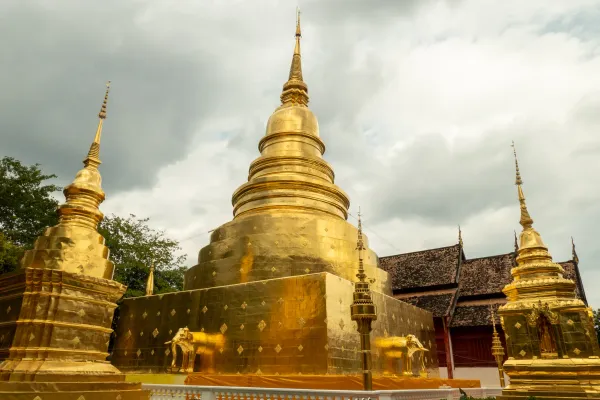 36_Wat_Phra_Singh
36_Wat_Phra_Singh 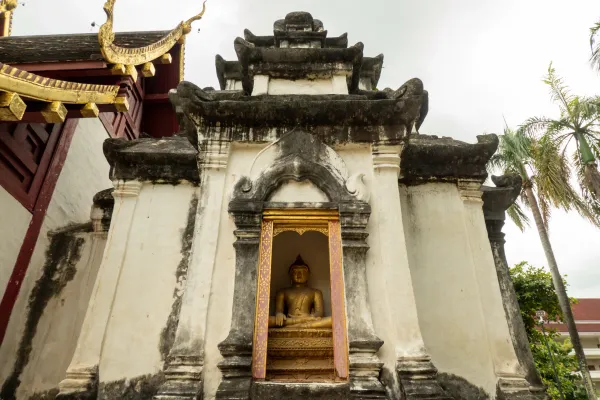 37_Wat_Phra_Singh
37_Wat_Phra_Singh 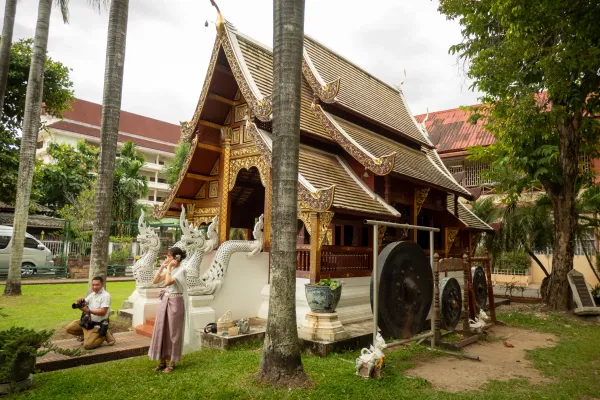 39_Wat_Phra_Singh
39_Wat_Phra_Singh 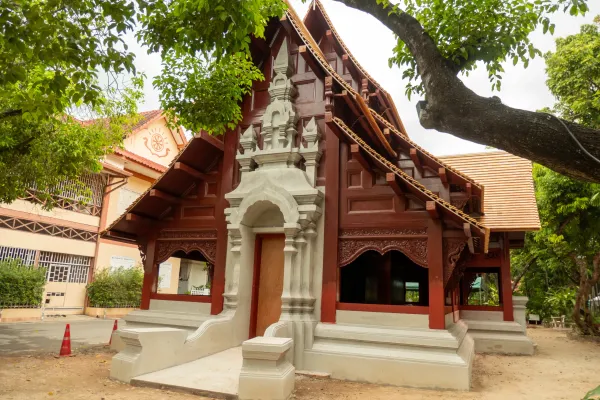 41_Wat_Phra_Singh
41_Wat_Phra_Singh 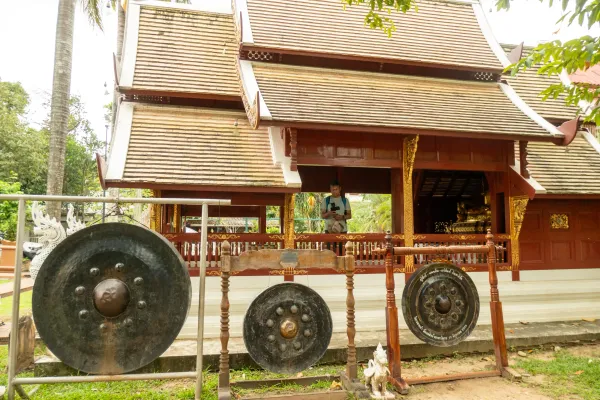 42_Wat_Phra_Singh
42_Wat_Phra_Singh 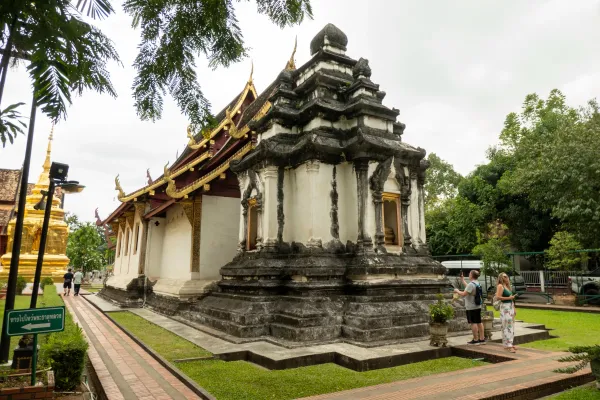 43_Wat_Phra_Singh
43_Wat_Phra_Singh 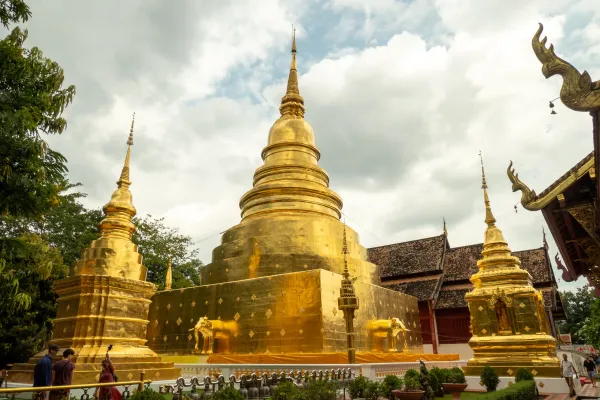 44_Wat_Phra_Singh
44_Wat_Phra_Singh 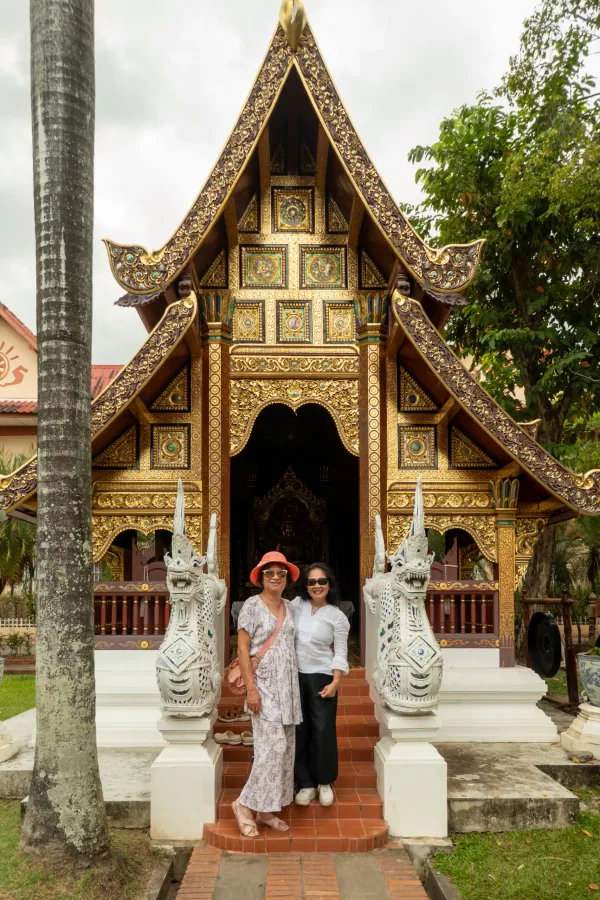 45_Chris_and_Margaret
45_Chris_and_Margaret 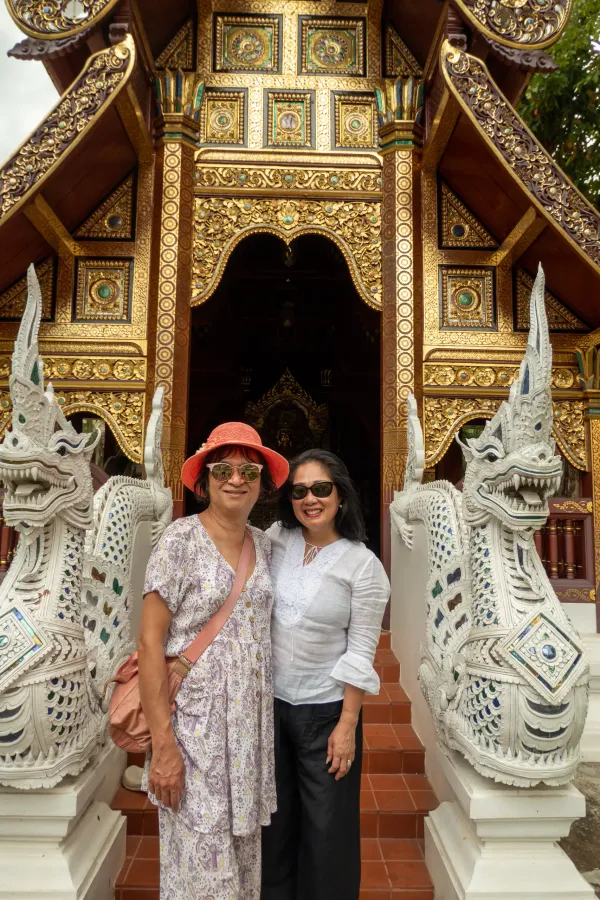 46_Chris_and_Margaret
46_Chris_and_Margaret 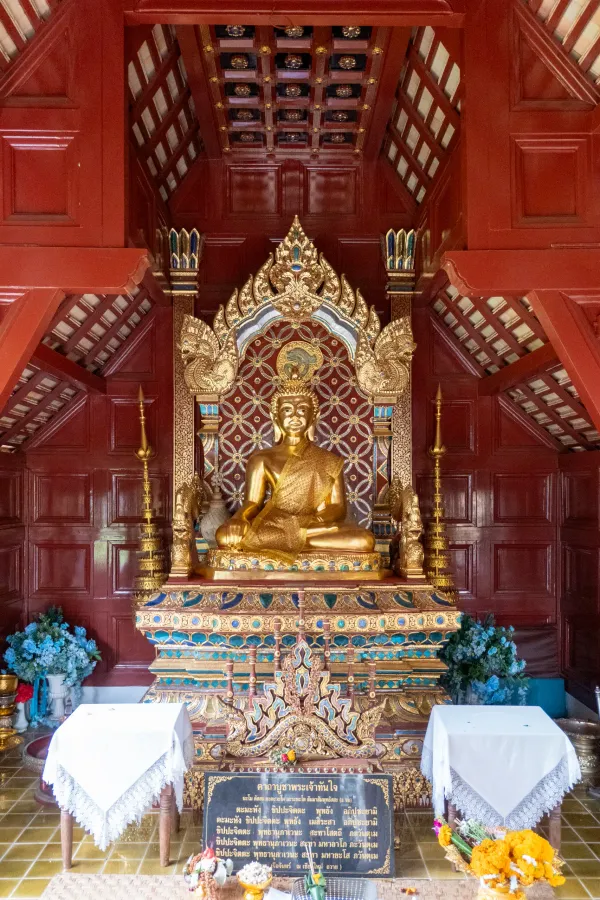 47_Wat_Phra_Singh
47_Wat_Phra_Singh 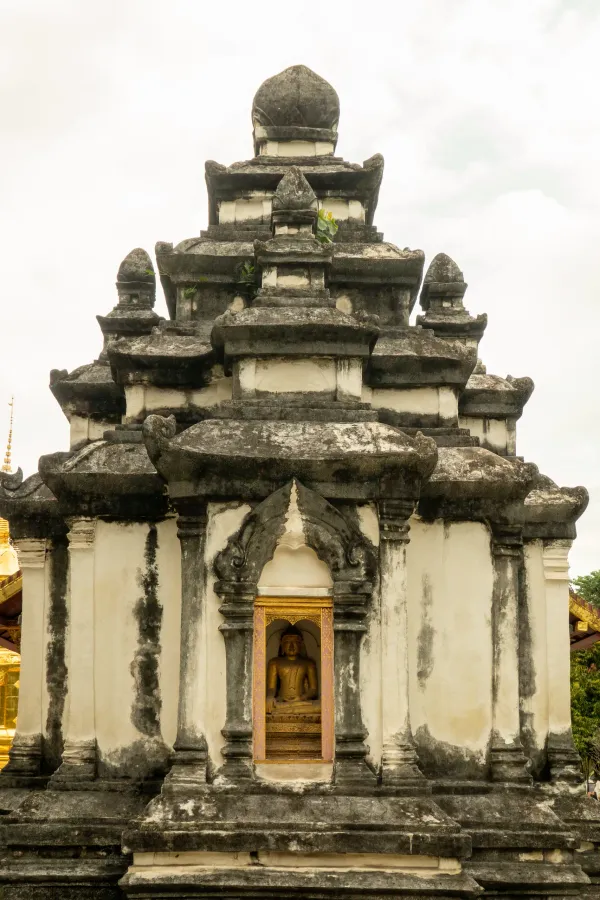 48_Wat_Phra_Singh
48_Wat_Phra_Singh 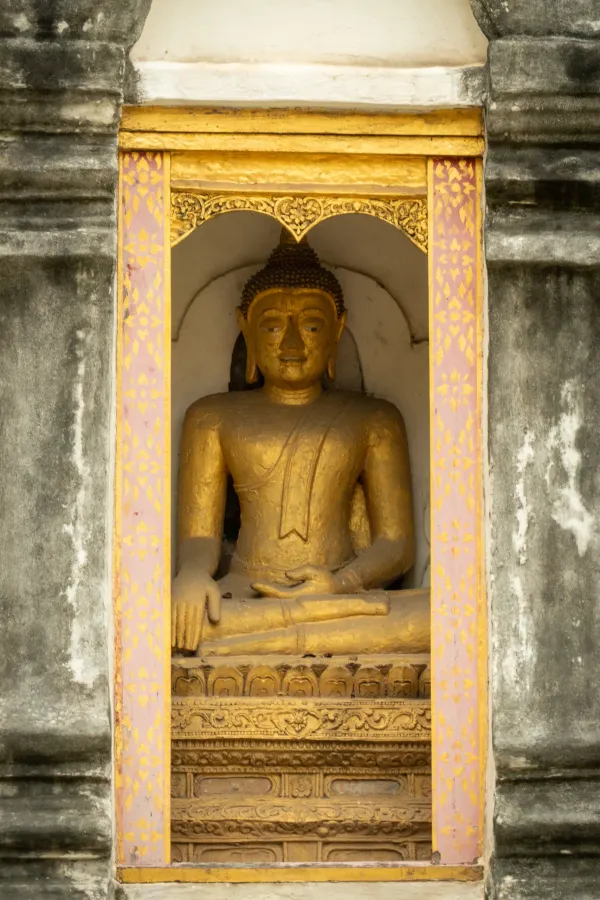 49_Wat_Phra_Singh
49_Wat_Phra_Singh 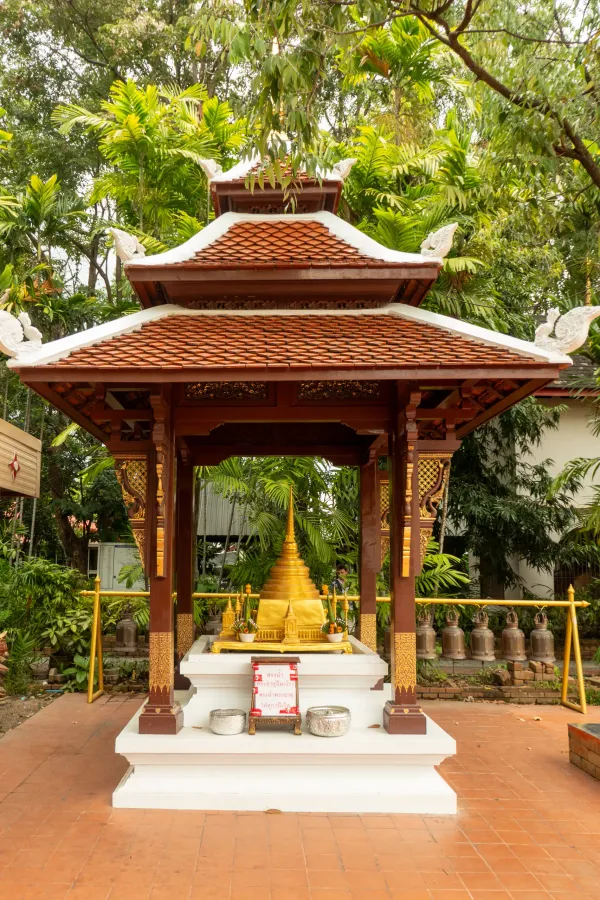 50_Wat_Phra_Singh
50_Wat_Phra_Singh 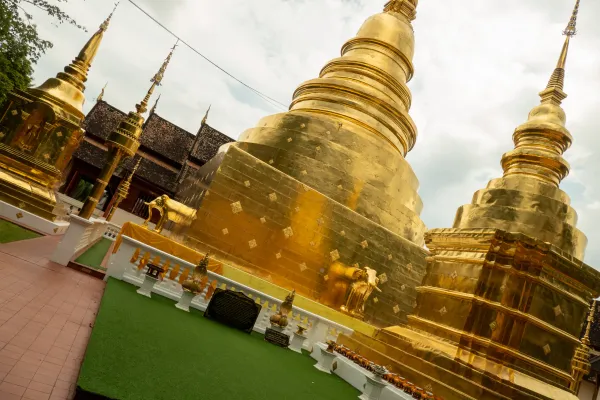 51_Wat_Phra_Singh
51_Wat_Phra_Singh 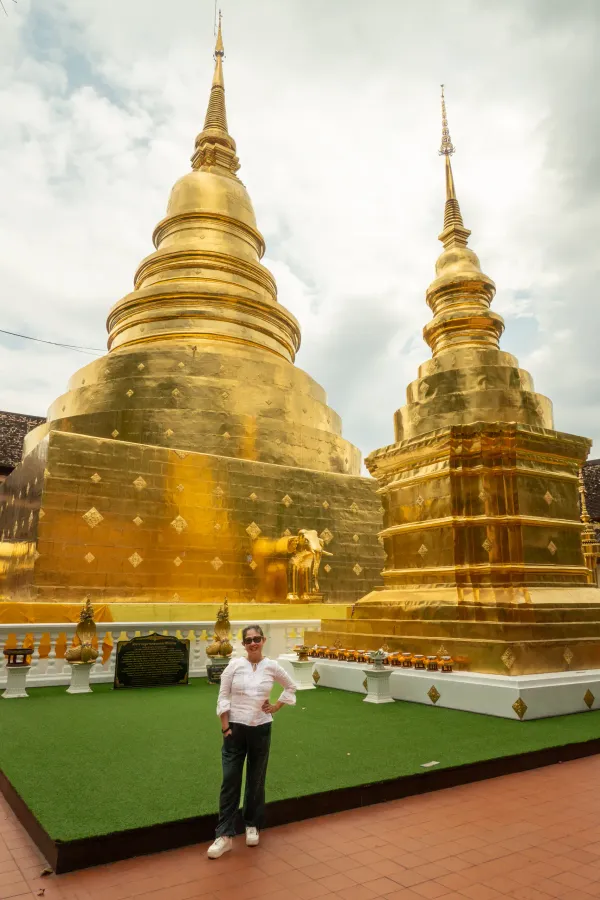 52_Margaret
52_Margaret 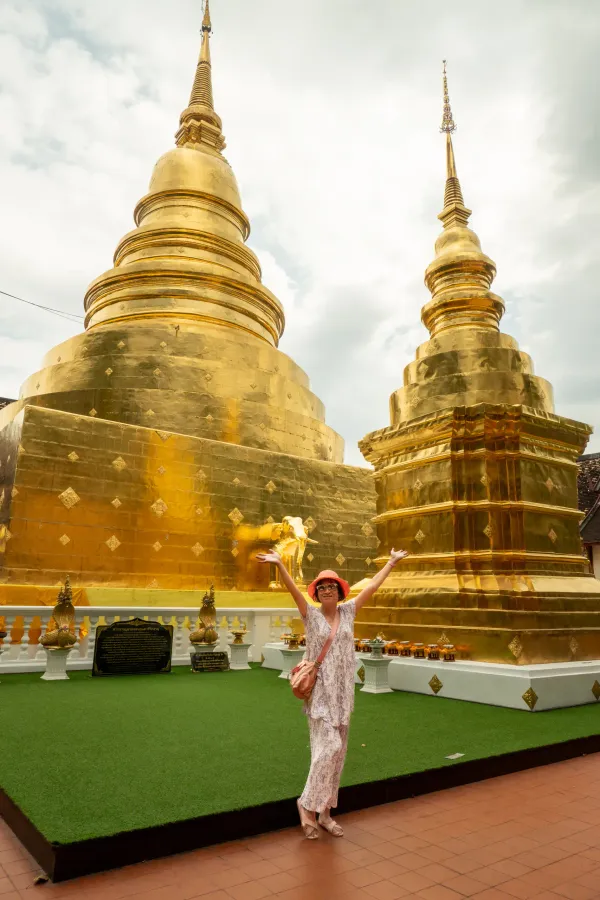 53_Chris
53_Chris 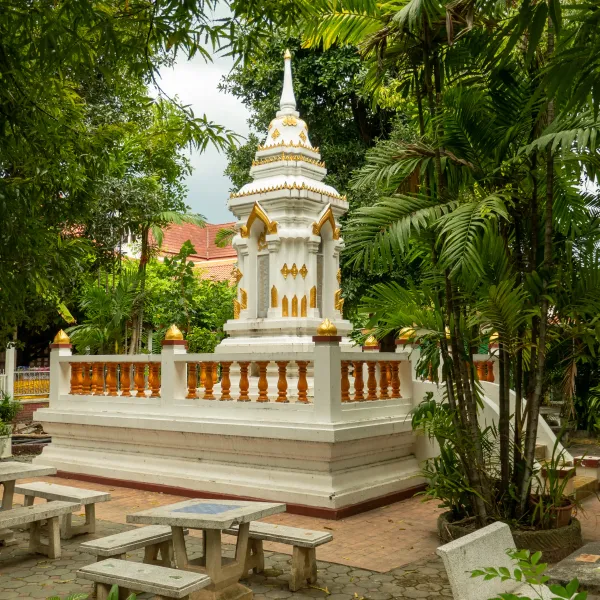 54_Wat_Phra_Singh
54_Wat_Phra_Singh 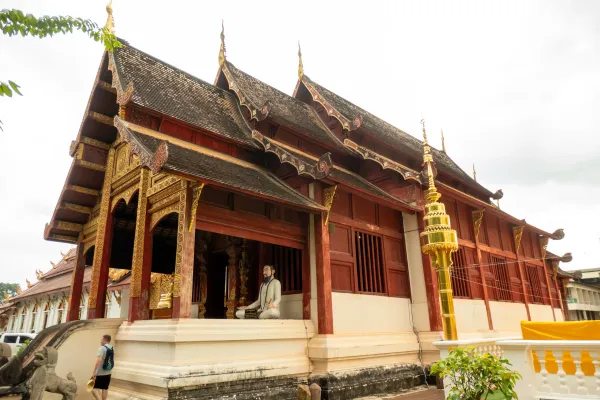 56_Wat_Phra_Singh
56_Wat_Phra_Singh 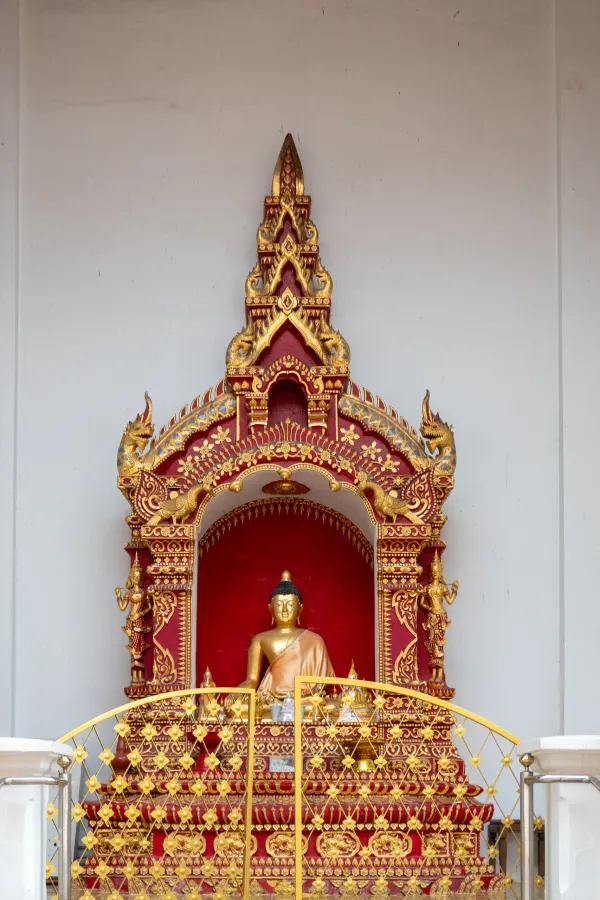 57_Wat_Phra_Singh
57_Wat_Phra_Singh 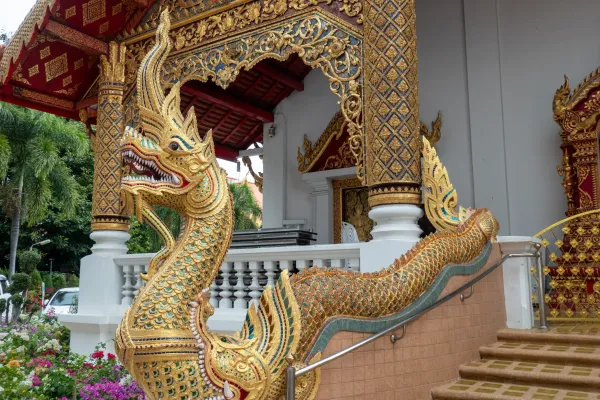 58_Wat_Phra_Singh
58_Wat_Phra_Singh 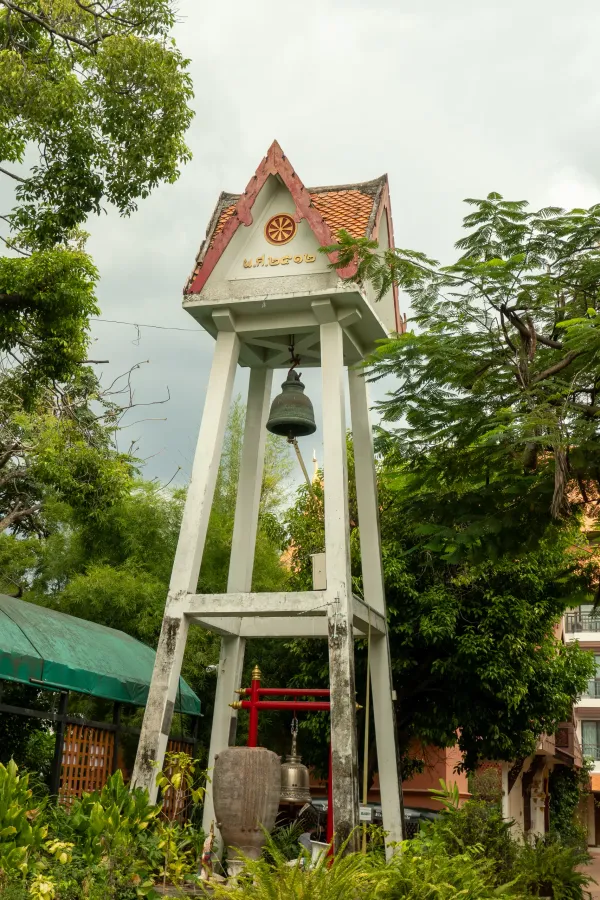 60_Wat_Phra_Singh
60_Wat_Phra_Singh 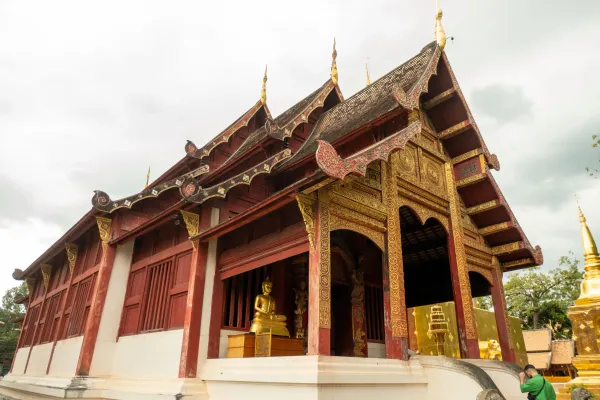 61_Wat_Phra_Singh
61_Wat_Phra_Singh 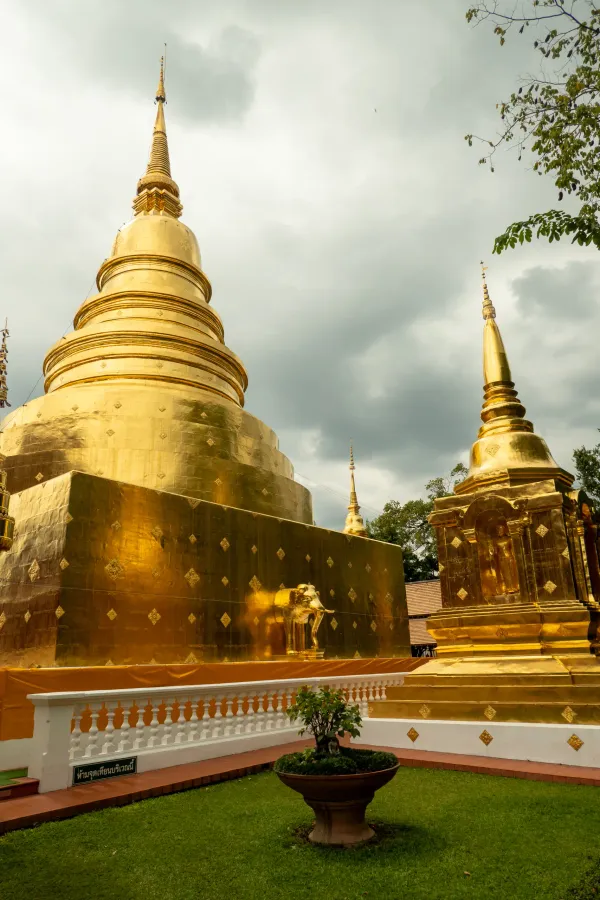 62_Wat_Phra_Singh
62_Wat_Phra_Singh 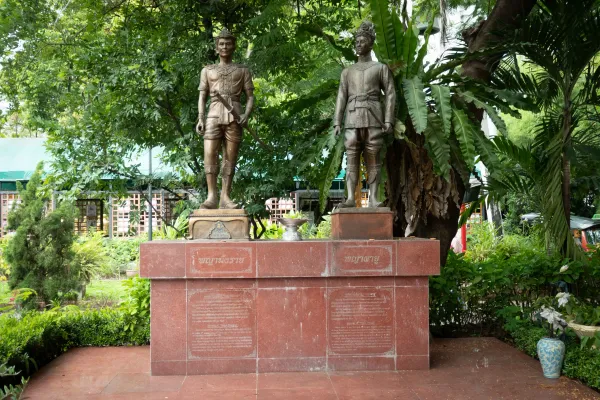 64_Wat_Phra_Singh
64_Wat_Phra_Singh 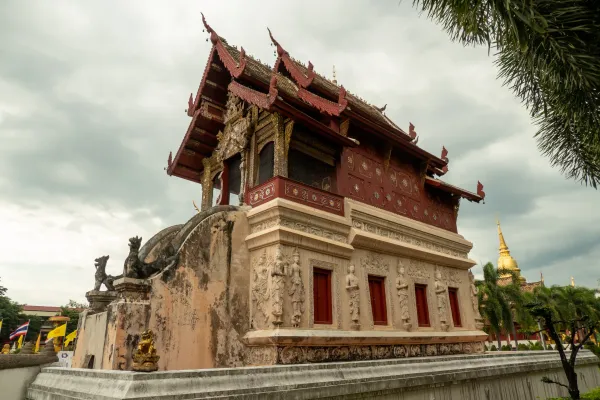 65_Wat_Phra_Singh
65_Wat_Phra_Singh 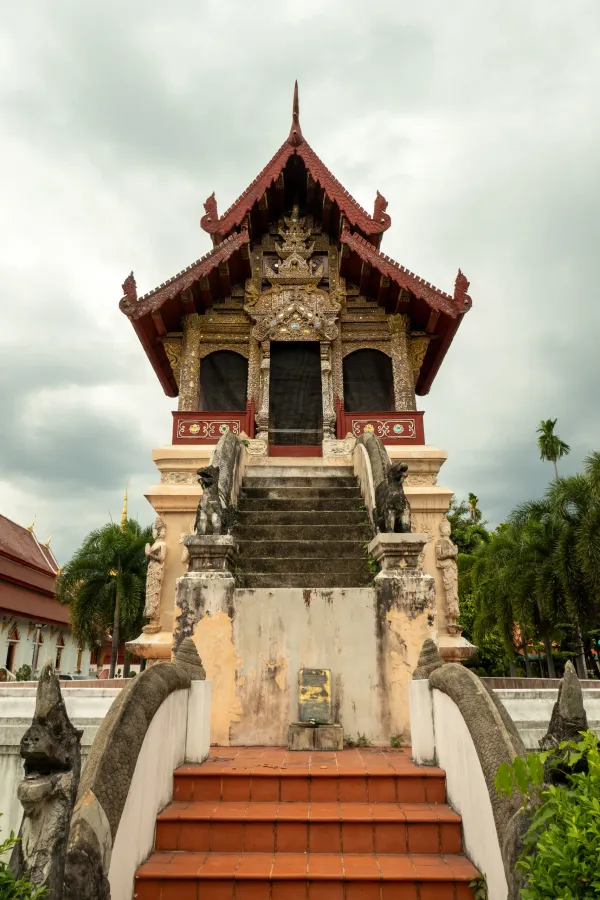 66_Wat_Phra_Singh
66_Wat_Phra_Singh 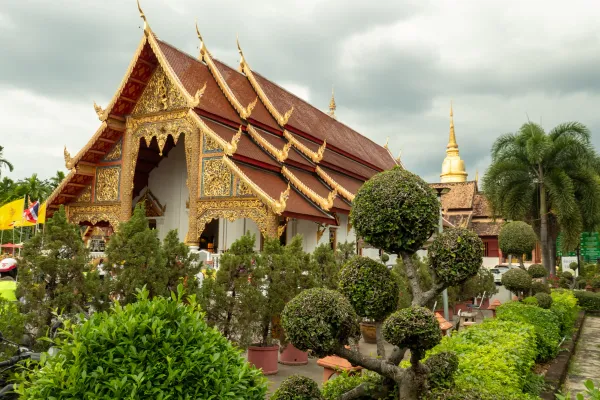 67_Wat_Phra_Singh
67_Wat_Phra_Singh 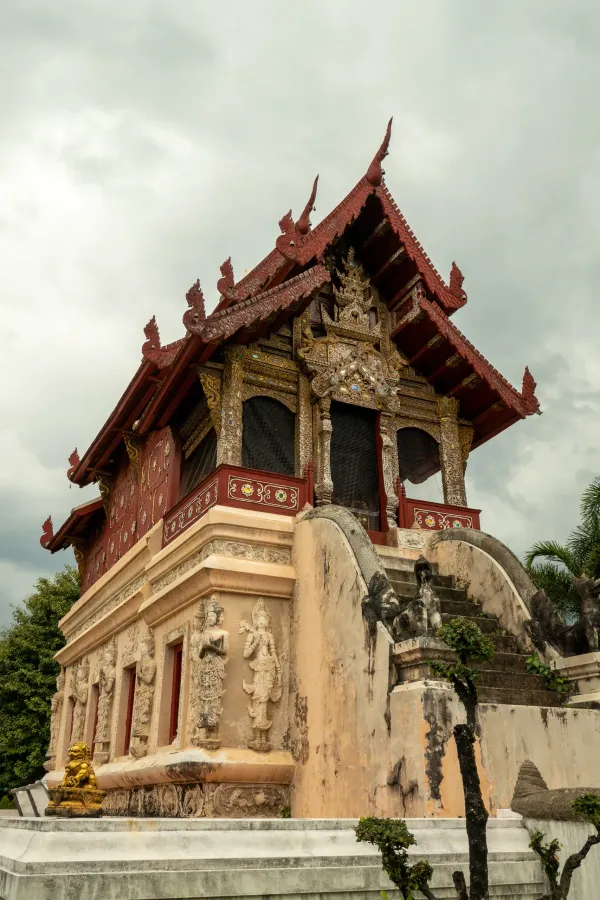 68_Wat_Phra_Singh
68_Wat_Phra_Singh 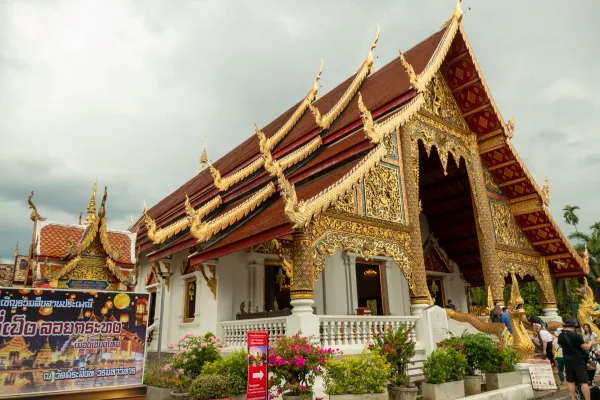 69_Wat_Phra_Singh
69_Wat_Phra_Singh 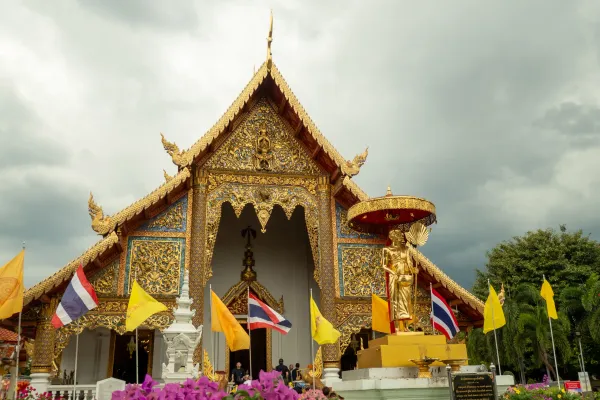 70_Wat_Phra_Singh
70_Wat_Phra_Singh 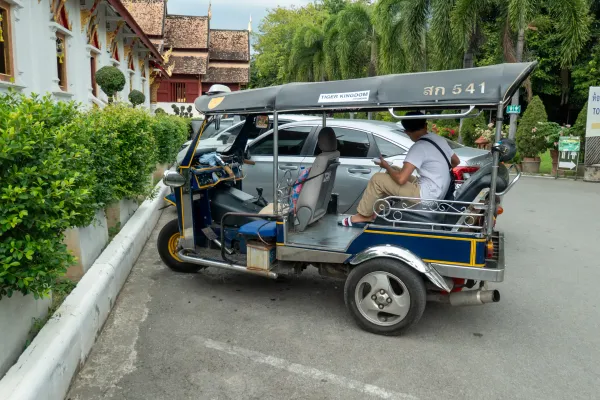 71_Wat_Phra_Singh
71_Wat_Phra_Singh